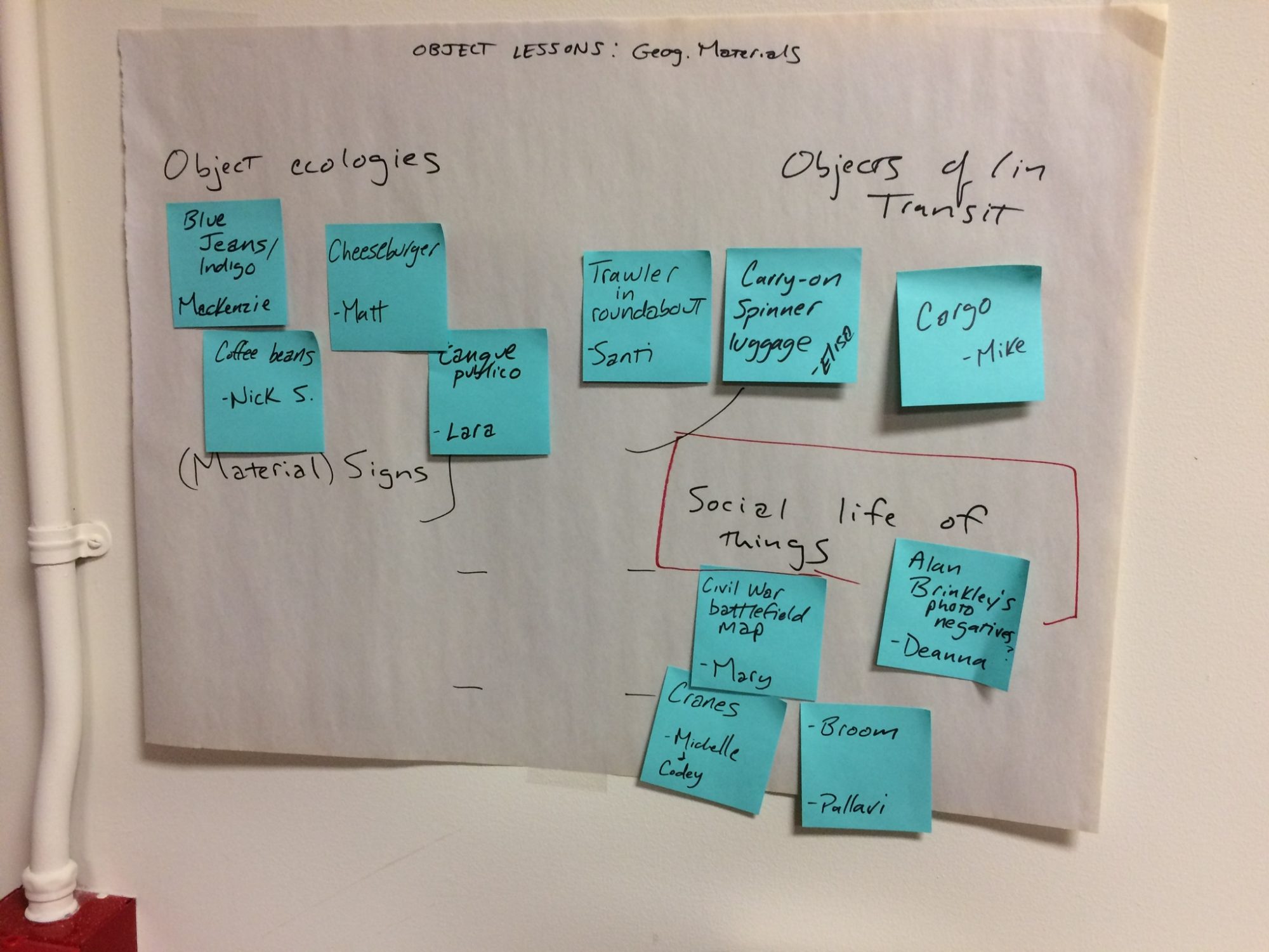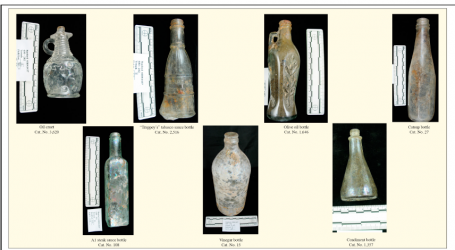Once it was the trunk: heavy, bulky, cumbersome. This is the object that might come to our mind when we think of the European migrants crossing the Atlantic in steamboats at the beginning of the XX century. Times have changed. In the first place, the preferred and most common transportation means for long distance journeys in our days is, no doubt, the plane. Similarly, grandma’s old trunk has been replaced by the carry-on, defined by the Merriam Webster Dictionary as, precisely, “a piece of luggage suitable for being carried aboard an airplane by a passenger” (emphasis added).
The carry-on luggage began to play an important role in Western societies since October 1970, when the first wheeled suitcase was sold at Macy’s. Two years later, Bernard Sadow’s “Rolling Luggage” was granted U.S. Patent no. 3,653,474. It took almost two more decades, however, before Bob Plath, a Northwest Airlines pilot, improved the product by adding a retractable handle and replacing the old wheeling system with two wheels, thus creating the hand luggage as we know it today. A couple of wheels and a handle finally spared us from having to lift heavy bags all the way through and allow us to travel in all comfort. The dilemma “What should I leave, what should I take,” the decision about which of the 12,000+ objects we supposedly have in our Western homes should fit in our carry-on is now informed solely by the increasingly stricter restrictions on weight limits imposed by airlines (even more so as, much to our disbelief, airlines have begun charging passengers for their carry-on luggage. Time is money, so it is space).
Luggage has evolved together with the way we travel: From clothes bundles and cardboard boxes, our portable bag keeps developing. For anyone interested in the future of luggage, what awaits us is “suitcases that will weigh themselves … and bags that will charge your cell phone [like the Trunkster, equipped with built-in scale, USB charging system, location tracking app, and omni-directional wheels; fig. 1]. There are also carry-ons with oversized, all-terrain wheels, and bags that you can actually ride across the airport, at a breezy 8 mph [fig. 2].” (https://www.travelandleisure.com/travel-tips/technology-impact-luggage-spotlight). Insurance companies had better start keeping an eye on that.
The carry-on spinner luggage triggers a number of reflections and questions. It is the symbol of life “on the go,” of non-fixity and constant movement, a technology aligned with the Great Acceleration prompted and made possible through fossil fuels and plastic. In the words of the travel guide writer in the movie The Accidental Tourist, there is virtually nothing that one could not find in travel size and fit into one’s bag: From detergents to toothbrush and paste, shampoo, body gel and shoe polish, there are a myriad of affordable, often non-recyclable single-use plastic products on the Western market. The carry-on is thus a treasure trove of plastic detritus, of the disposable. Plastic cutlery wrapped in mini plastic bags and plastic stirrers for our latte, aboard or at the airport, nicely complement our huge carbon print “plastic tour.”
After all, the carry-on turns out to be our lightweight, portable mini-home. All the comforts of a house can be miniaturized so as to fit our temporary home. Perhaps this helps explain the sense of precariousness we feel when we learn that our bag has been delayed or that it joined the heap of unclaimed, orphan bags stored in a Lost & Found deposit. No wonder we put all our efforts in making our bag identifiable with stickers and tags with name and direction, or that we adorn it with zips, locks and codes to protect it from bumps and deter robbers. The carry-on is our precious, private, secret box that enshrines our material possessions, objects into an object. We pack it, zip it and unzip it again as if opening a wrapped gift in surprise. With a gesture, we uncover our personal effects at the same time as we bring to light our innermost affect and emotions: material and immaterial traces of what we have and who we are. Both physically and metaphorically, it syncretizes the recollections and experiences of the past behind us, our present trajectories and itineraries, and the fears, hopes and expectations we nurture for the unknown future ahead of us. Only handhold to the traveler’s individuality in the almost wordless non-place of acceleration for excellence (the installations and means of transport), it is indispensable and eloquent, essential object that contains the essential.
Spinning in every direction, the carry-on luggage of our times is the quintessence of change, object that embodies transformation on both a personal and collective level. This tireless companion of the human being transcending borders, overriding the elements and winning over nature, contributes to bringing irreversible changes to the environment. And just like the traveler who holds it dear in her hands, it may look the same, but we will never know what has changed inside.
-Elisa Salemi
Works cited
Lieberman, Melanie. “The Spotlight: How Has Technology Changed the Luggage Industry?” Travel & Leisure. 6 July 2006. www.travelandleisure.com/travel-tips/technology-impact-luggage-spotlight Sharkey, Joe. “Reinventing the Suitcase by Adding the Wheel.” The New York Times. 4 Oct. 2010. www.nytimes.com/2010/10/05/business/05road.html The Accidental Tourist. Directed by Lawrence Kasdan. 1988.





